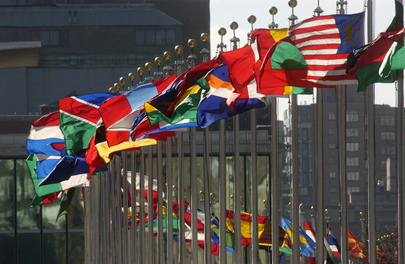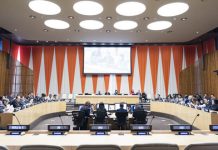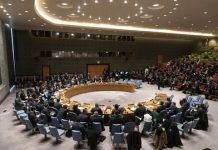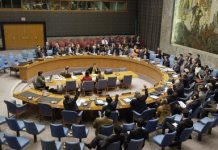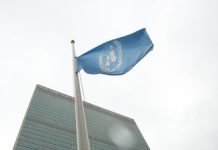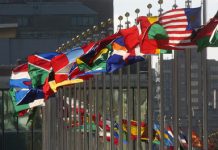“In the days following the deadly earthquake that tore through central Myanmar last week, the Myanmar military continued operations and attacks, including airstrikes – some of which were launched shortly after tremors subsided,” said Ravina Shamdasani, spokesperson for the High Commissioner for Human Rights.
“We urge a halt to all military operations and for the focus to be on assisting those impacted by the quake,” she told journalists in Geneva, reiterating Mr. Türk’s call for an “inclusive political solution” to end more than four years of fighting sparked by the junta’s February 2021 coup d’état.
Latest data from the UN human rights office, OHCHR, points to at least 61 reported attacks across Myanmar since the disaster happened, including 16 since the ceasefire announced by the military took effect on 2 April.
The tactics of the military – known as the Tatmadaw in Myanmar – include using near-silent adapted paragliders to bomb communities, said James Rodehaver, Head of OHCHR’s Myanmar team: “What those are is an individual military operative who uses a hang-glider with a backpack attached to his back or to his torso with a large fan on it and he uses that to essentially paraglide using the fan as a motor over areas and drop hand-held bombs or munitions onto targets below.”
Widespread needs
The development follows an urgent call by UN Secretary-General António Guterres for immediate and unrestricted humanitarian access to the country after the disaster claimed more than 3,000 lives and left millions in urgent need of aid.
Speaking to reporters at UN Headquarters in New York, the UN chief warned that the earthquake had “supercharged the suffering”. “Myanmar today is the scene of utter devastation and desperation,” he said.
The regions most impacted by the earthquake which struck at approximately 12.50pm local time on 28 March are Mandalay – the country’s second city and home to 1.2 million people – Sagaing, Nay Pyi Taw, Bago, Magway, Shan South and East.
Assessments have shown widespread destruction across central Myanmar to critical infrastructure – including health facilities, road networks and bridges.
In an update, the UN World Health Organization also reported that electricity and water supplies remain disrupted, worsening access to health services and heightening risks of waterborne and foodborne disease outbreaks.
The UN refugee agency, UNHCR – which issued an appeal on Friday for $16 million to support 1.2 million survivors – said that up to 80 per cent of structures in Mandalay are estimated to have collapsed.
Access obstacles
UNHCR spokesperson Babar Baloch explained that the UN agency has already deployed existing emergency relief including plastic sheets and kitchen sets for 25,000 survivors in Mandalay, Sagaing and Bago regions, as well as the capital, Nay Pyi Taw, and parts of Shan State.
UN partner the International Committee of the Red Cross (ICRC) meanwhile reported that 136 townships have been affected by the earthquake “and about 25 per cent are in areas not controlled by the Government, so that’s complicating the access”.
Echoing those concerns, Ms. Shamdasani from the UN human rights office said that the scale of the disaster had been made worse by the information blackout caused by internet and telecommunications shutdowns “imposed by the military”.
Source of original article: United Nations (news.un.org). Photo credit: UN. The content of this article does not necessarily reflect the views or opinion of Global Diaspora News (www.globaldiasporanews.net).
To submit your press release: (https://www.globaldiasporanews.com/pr).
To advertise on Global Diaspora News: (www.globaldiasporanews.com/ads).
Sign up to Global Diaspora News newsletter (https://www.globaldiasporanews.com/newsletter/) to start receiving updates and opportunities directly in your email inbox for free.


